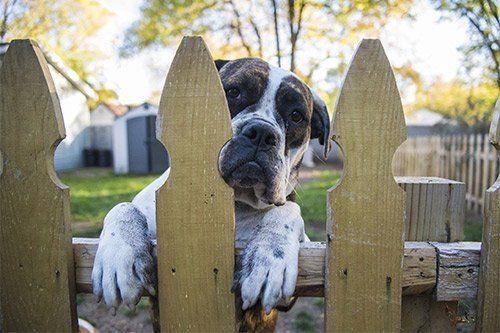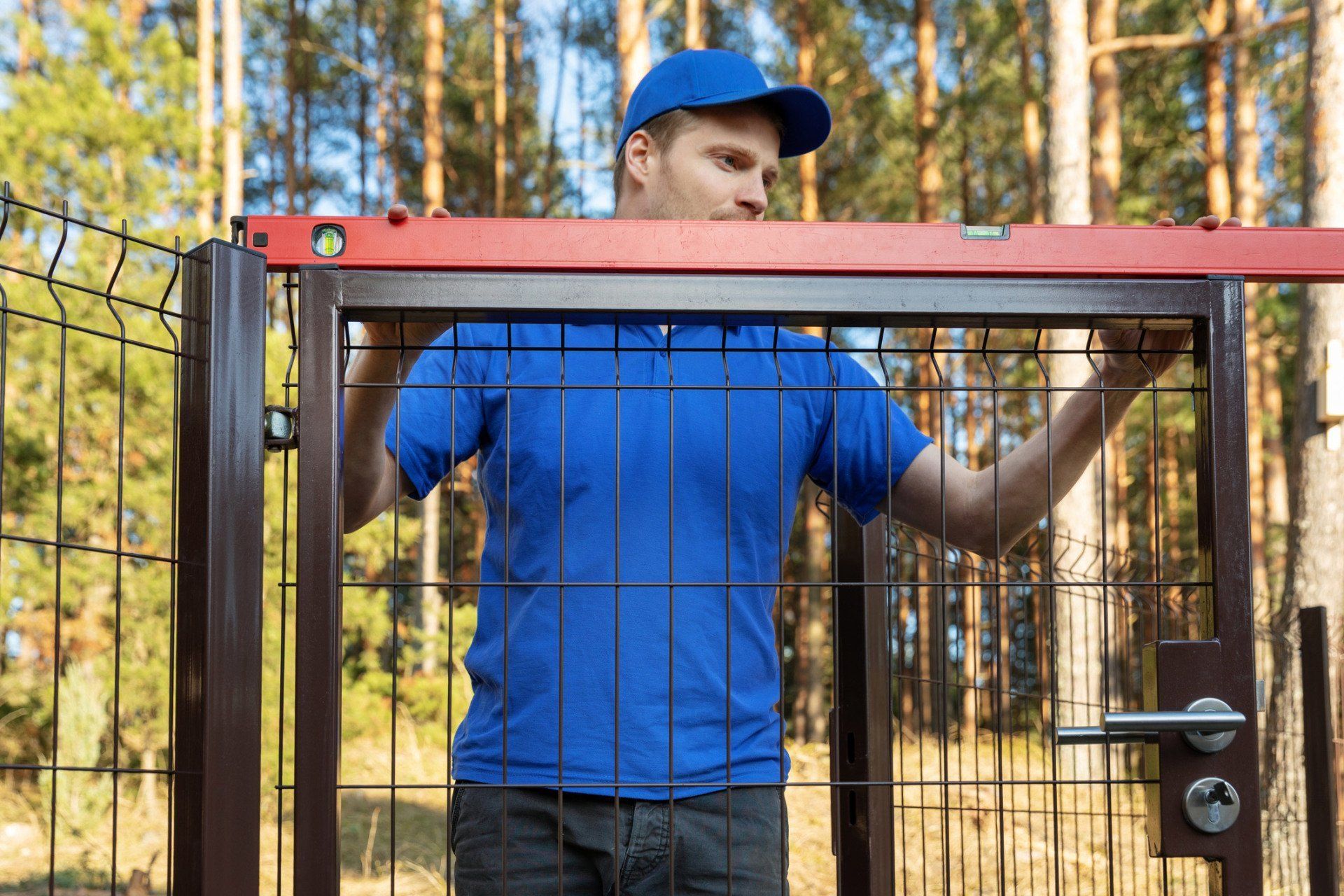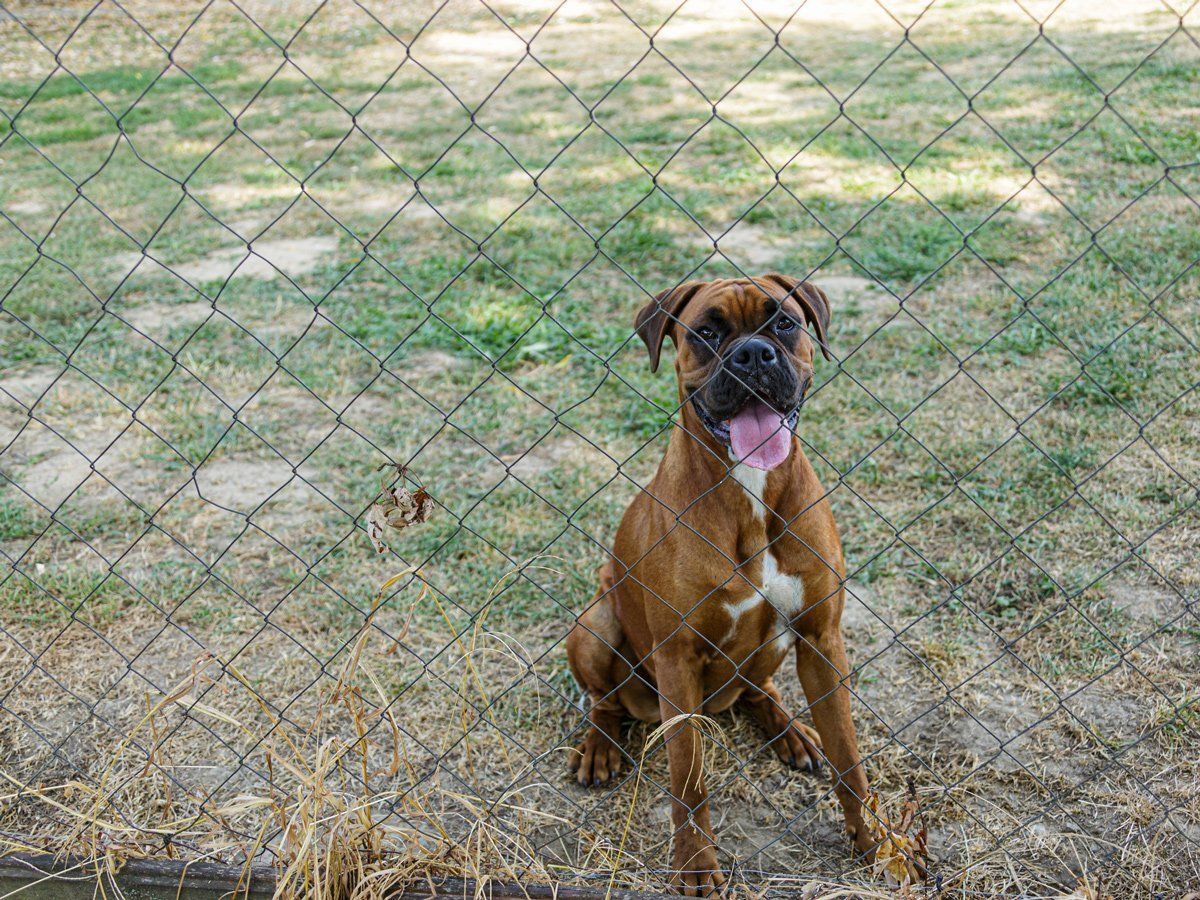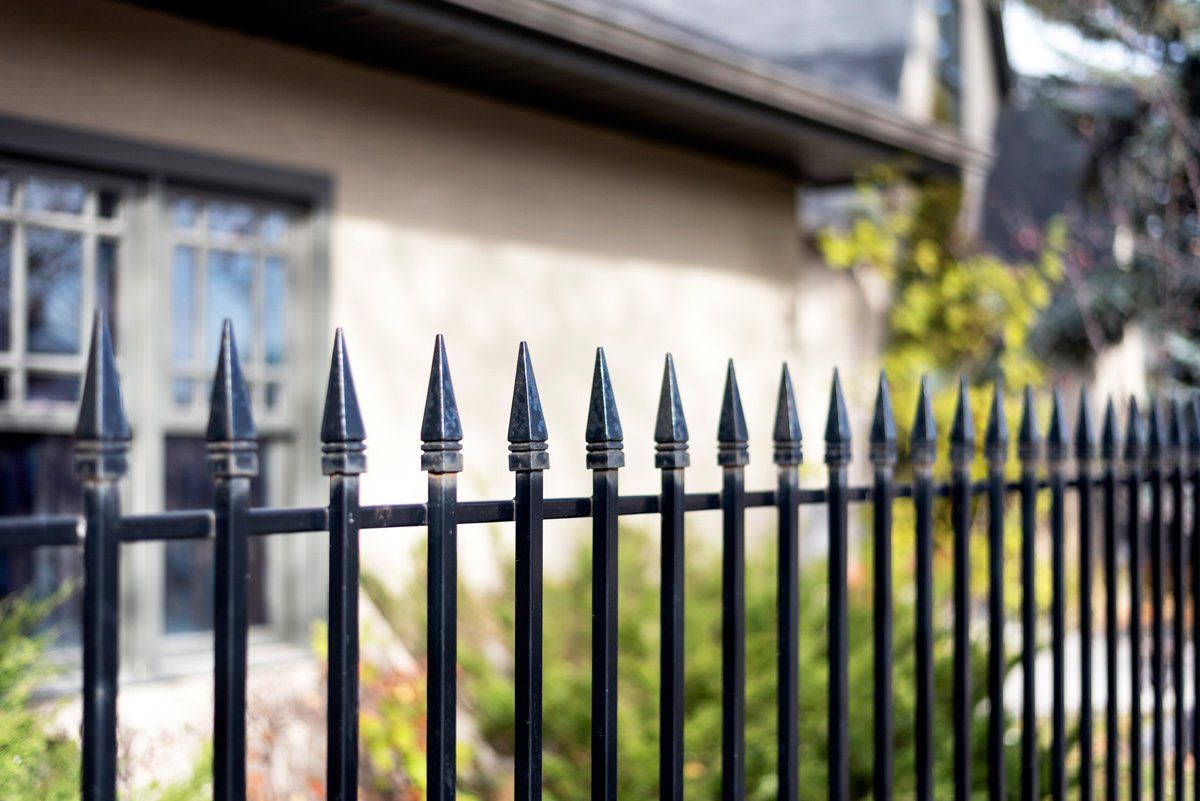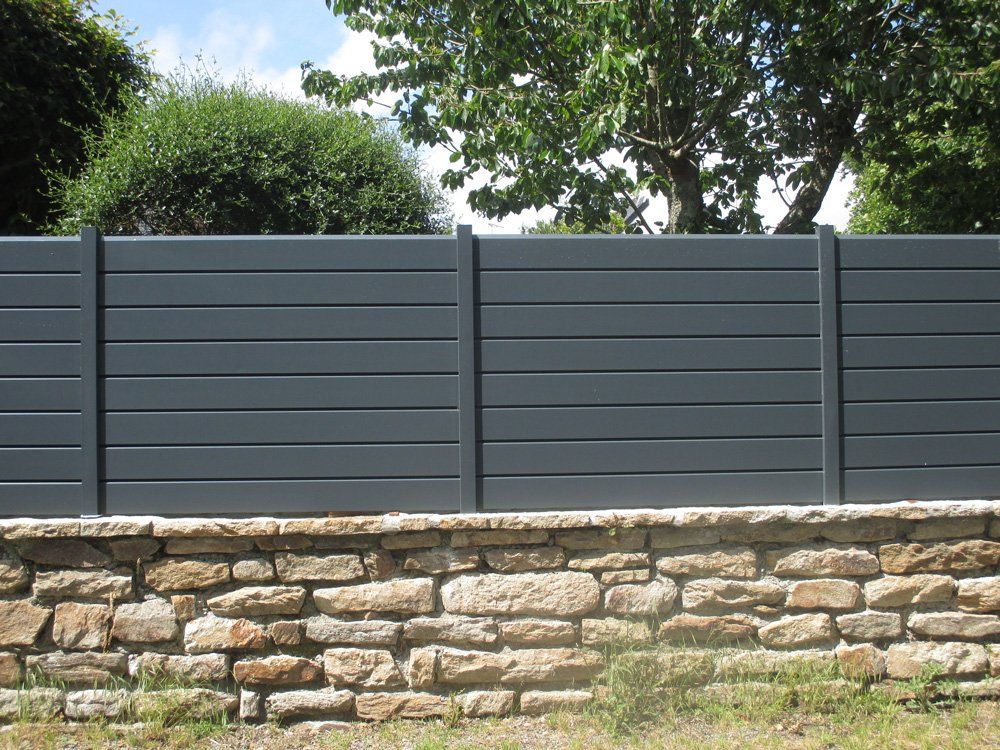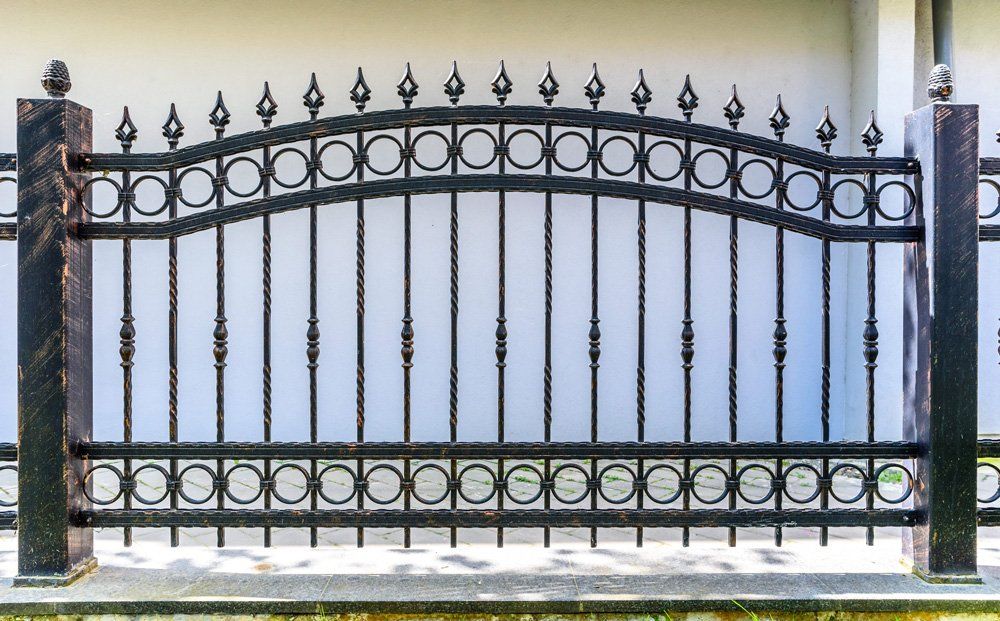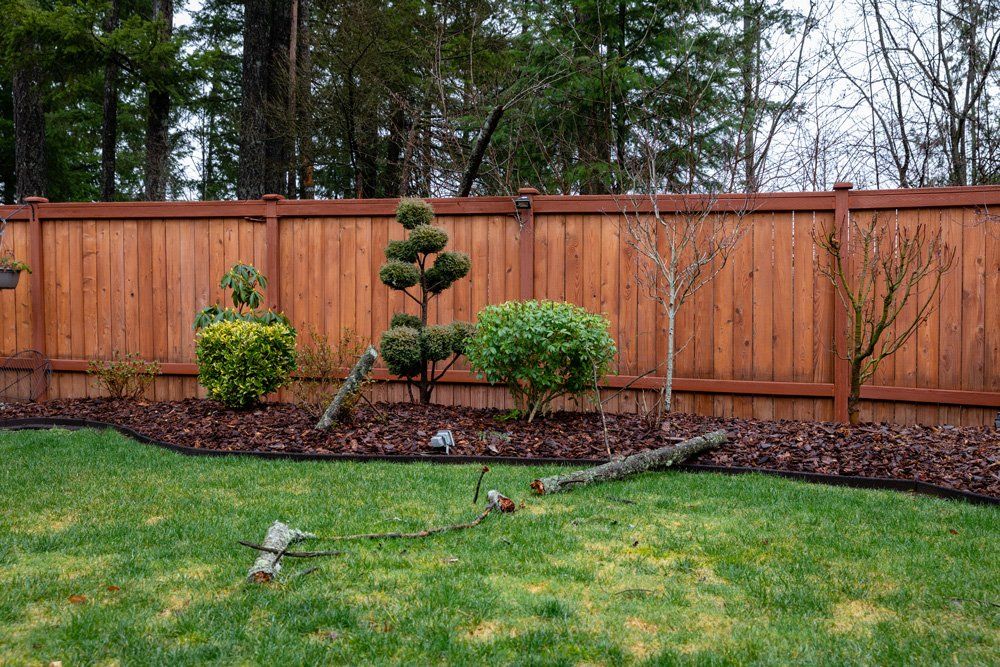Homeowners choose to enclose their property for many reasons. One of the common reasons for installing a fence is to keep pets, especially dogs, within the yard. Before you install a fence for a dog, you need to consider what type of fence material will be best.
Wood has long been a desired fencing material because of the aesthetic value it adds to your property. The value isn't just aesthetic — the curb appeal of a wood fence can also increase your home's value. If you're considering a wooden dog fence, below are some essential considerations for the design.
Fence Height
The height of your dog fence, regardless of the material, will depend on your dog. Dogs escape yards because they're bored or curious, and some dogs are more prone to that activity. What's more, some dogs are especially good jumpers or are clever enough to climb a fence. So the minimum height for a dog fence is four feet, though six feet is better.
You can also have the contractors modify the top of the fence to discourage athletic jumpers or climbers. The contractors can add a narrow panel to the top rail that angles in at a 45-degree angle. Such a panel will confuse the dogs, and it should also be impossible to scale. The panel can be a stylish one so you don't have to sacrifice aesthetics.
Fence Depth
Dogs are diggers. They dig to bury bones, dig to retrieve them, and even dig to create a cool dirt hole on a hot day. Dogs will also dig under a fence to escape. So even if you have small dogs, or you install a fence tall enough to prevent them from clambering over, your dogs might still escape under the fence.
To that end, you'll want to extend the fence below the groundline. You could have the contractors extend the wooden pickets themselves. They'll use specially treated wood that's resistant to rot.
Wooden pickets buried in the ground may still degrade over time. Instead, since the underground portion is hidden, consider having the contractors use wire meshing. They'll likely use approximately one foot of mesh buried in an L-shape. This underground fencing will confound a dog who tries to dig under the wooden panels.
Privacy
Some dog experts specifically recommend a privacy fence for dogs. Dogs don’t need their privacy exactly, but they can become overly reactive to stimuli on the street. Therefore, you want to keep them enclosed in their own little worlds.
That said, a bored dog is one who will try to escape. If your pet isn't overly excitable, you might consider a different style of wooden fence. For instance, you could have a split rail fence with fencing mesh installed. You still get the attractive profile of the wood with the security of the mesh. And your dog gets to watch the world go by.
Safety
A wooden dog fence should meet two goals. It should keep your dogs inside the property and keep them safe from passersby and other dangers. Said dangers depend on your neighborhood. If you're in a rural area, you'll need to keep your dogs safe from wild animals. In a city area, you want to minimize the contact between your dogs and other dogs or humans.
For a rural setting, you may have to sacrifice some aesthetic for safety. If you have larger mammals, such as coyotes and foxes, in the area, consider topping your wooden fence with barbed wire. You may still have an open-look fence, such as the split rail with mesh style, but the barbed wire topper will keep your dogs safe from predators.
If you live in an urban setting and your dogs are prone to overstimulation, you may have no choice but to install a full privacy fence. Otherwise, your dogs can develop undesirable behaviors, such as running the fence line when they see another dog or snapping at strangers. Privacy fencing also prevents passersby from teasing your dogs.
Keep your dogs safe and out of trouble with a wood fence that also adds beauty to your property. Duke Fence Co., Inc. can construct a quality and durable wood fence for your pets.

